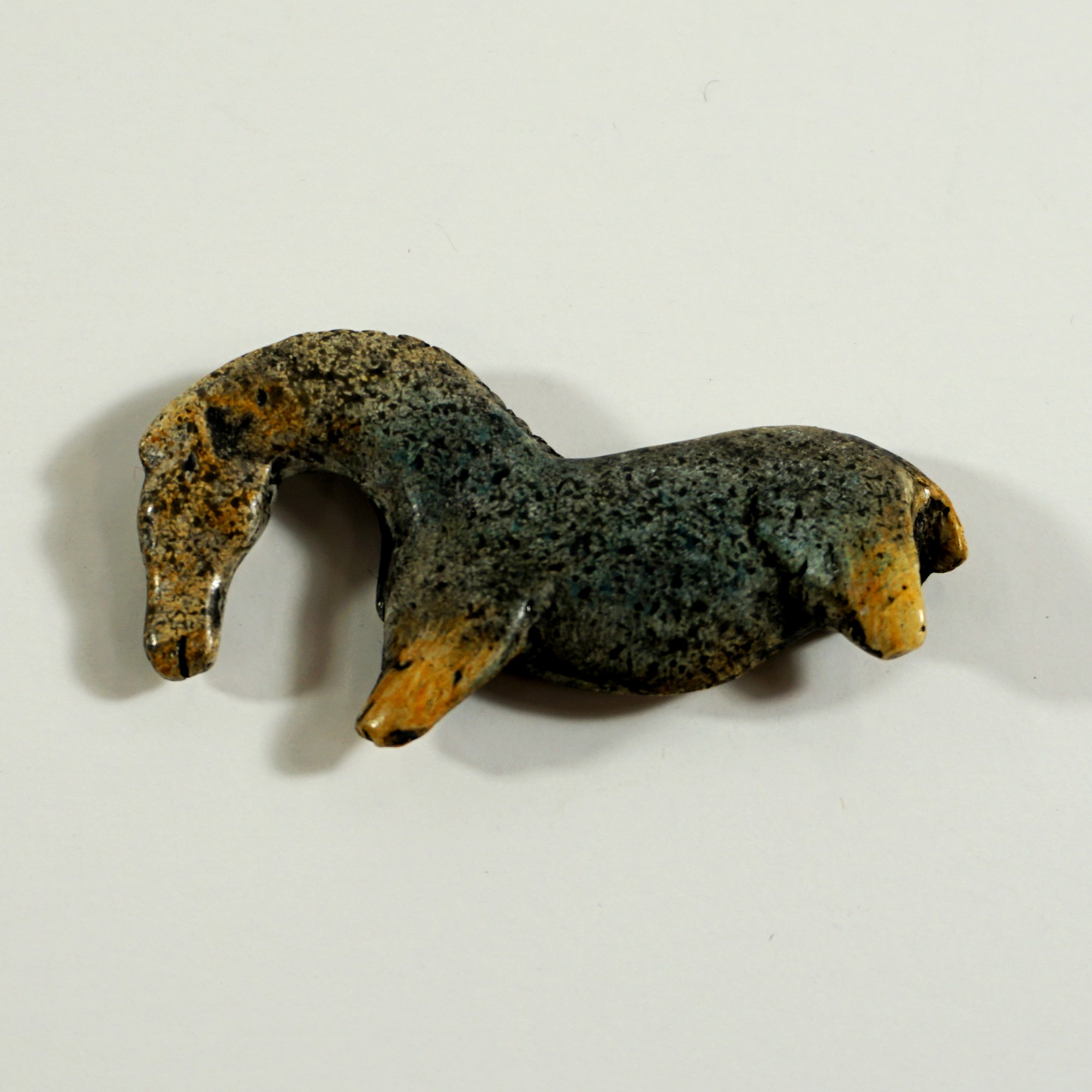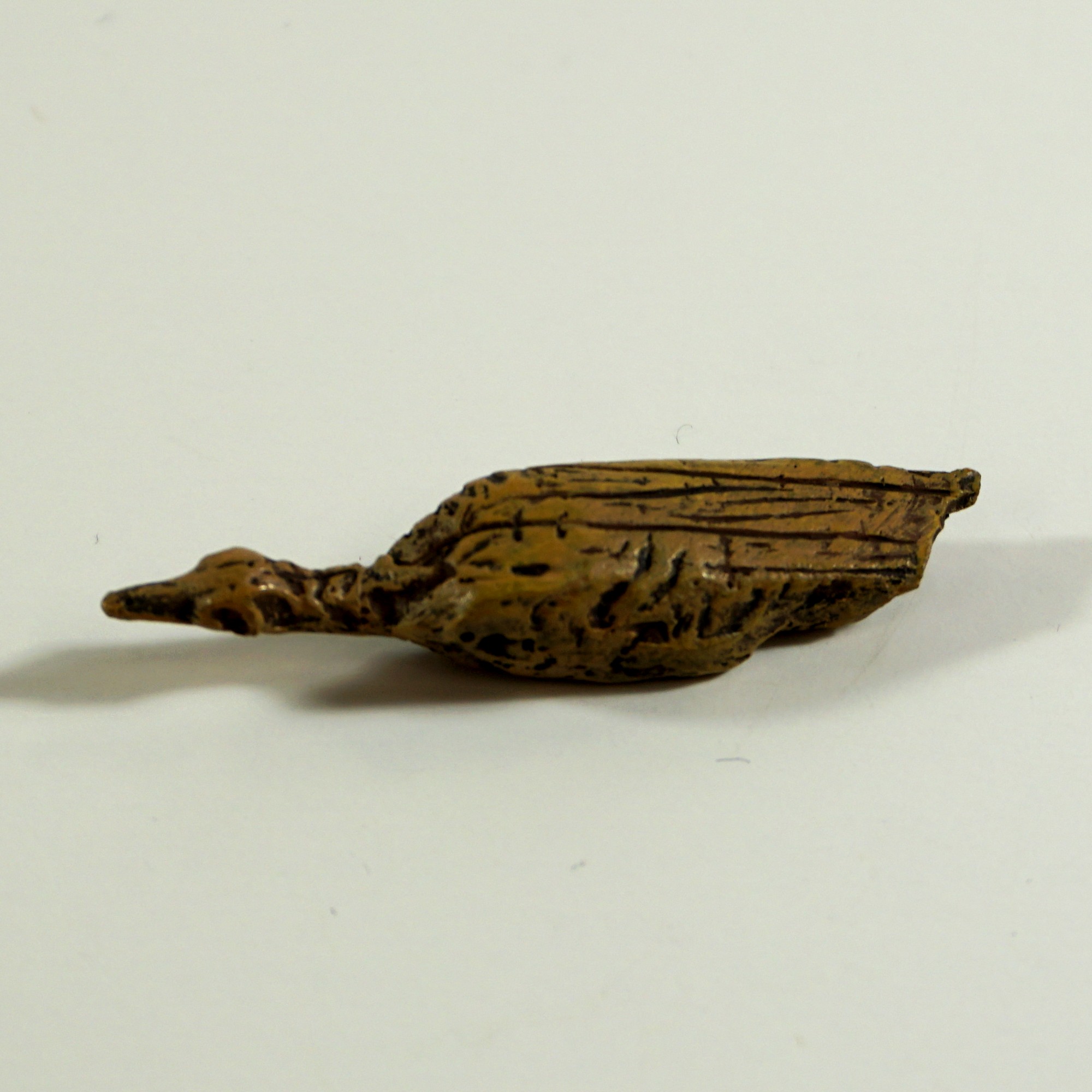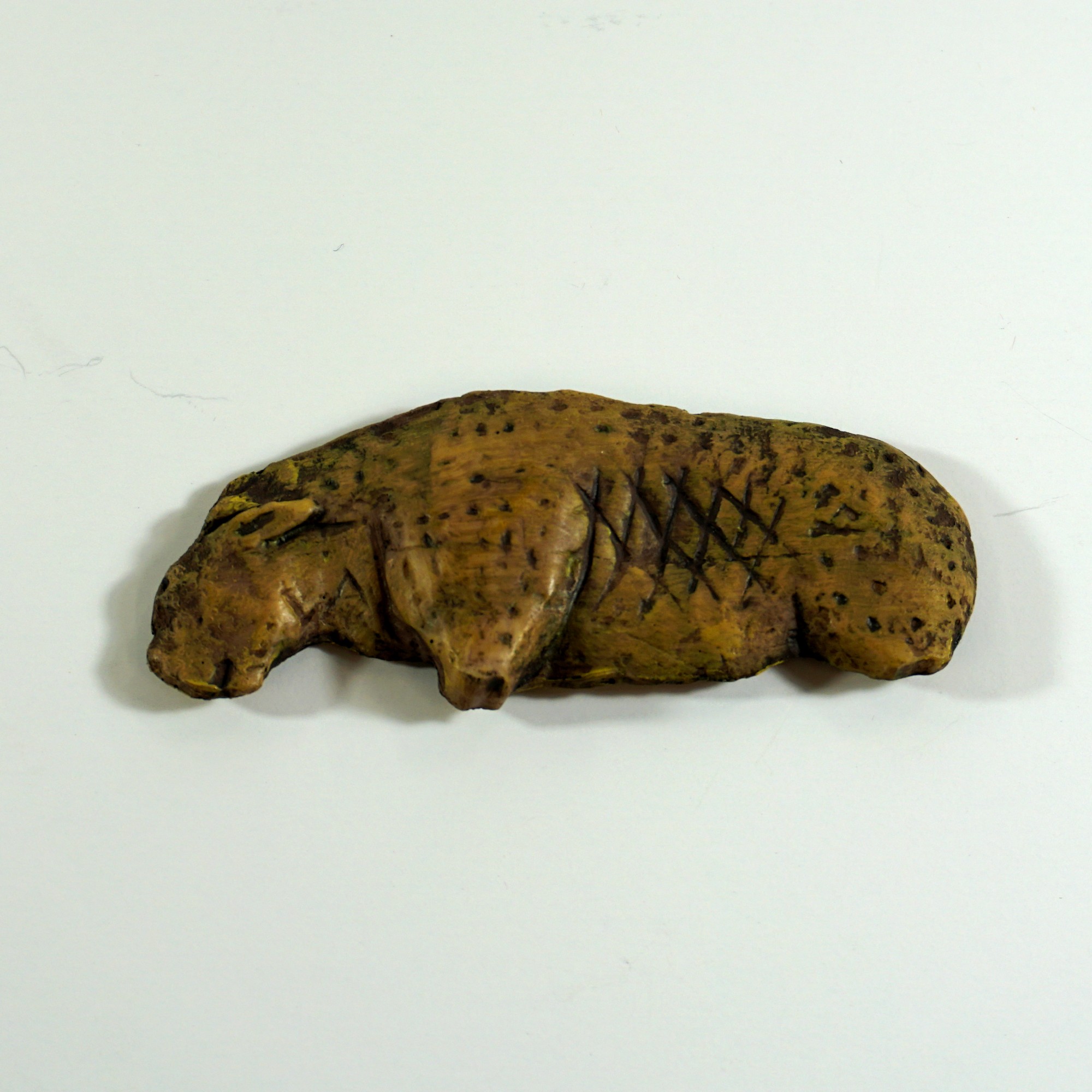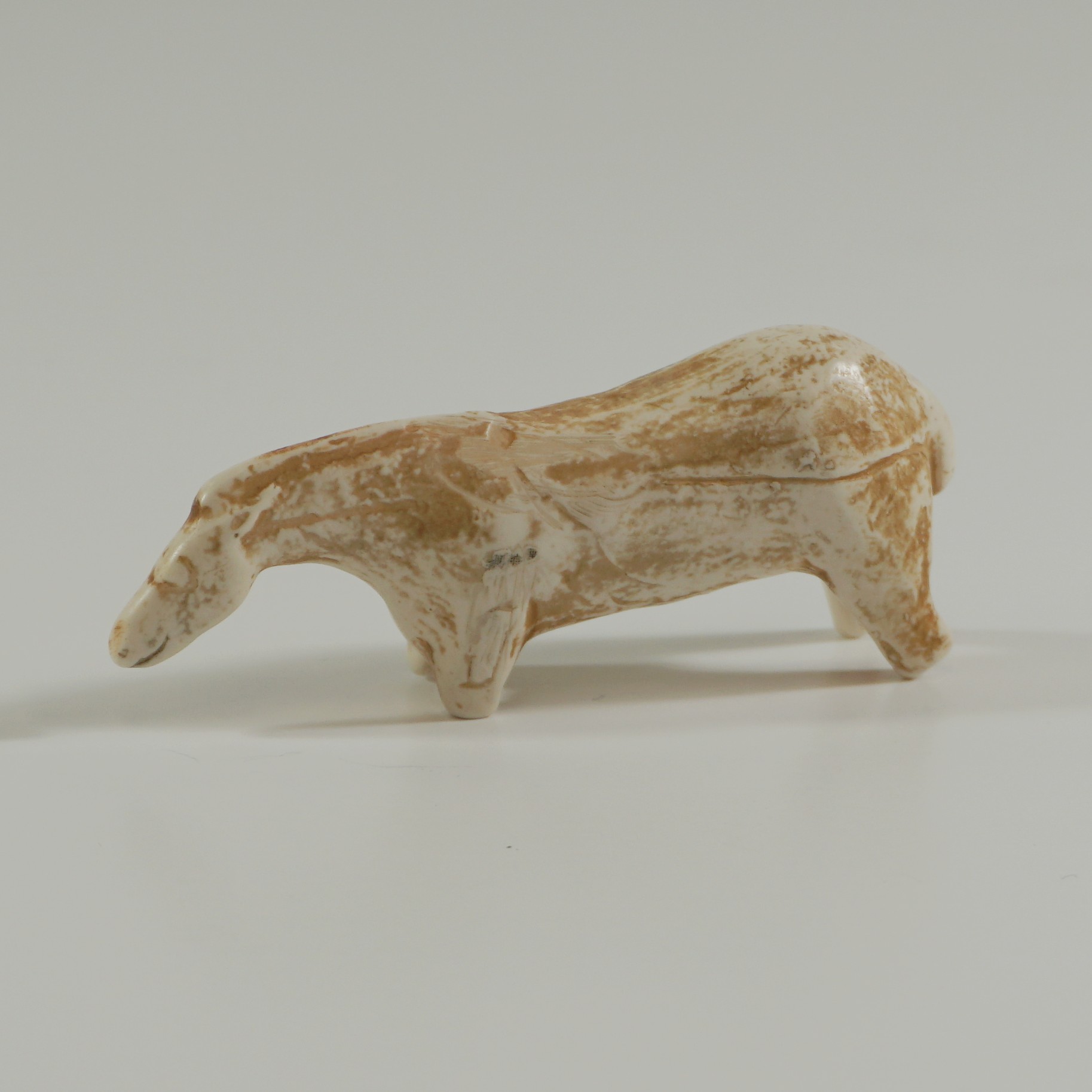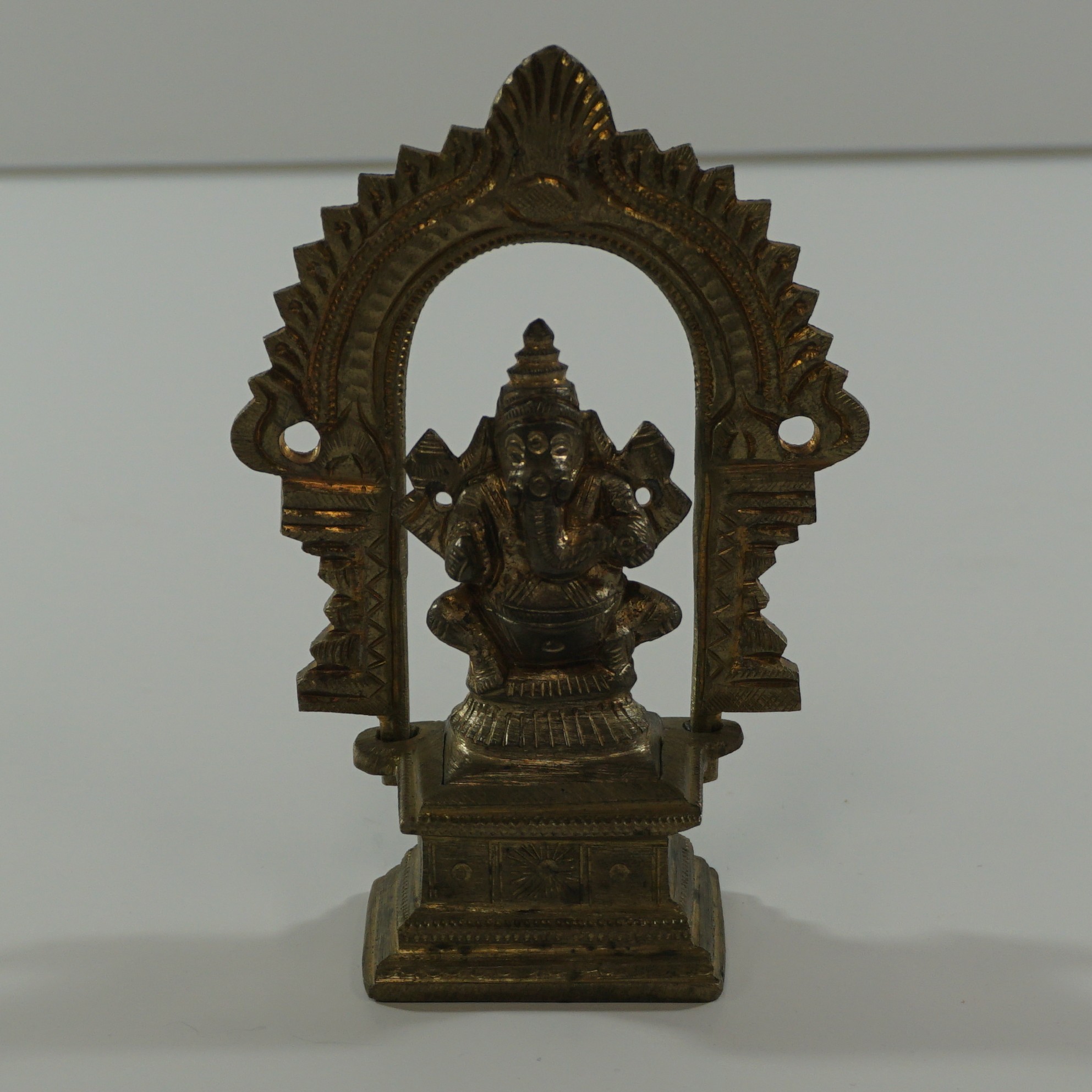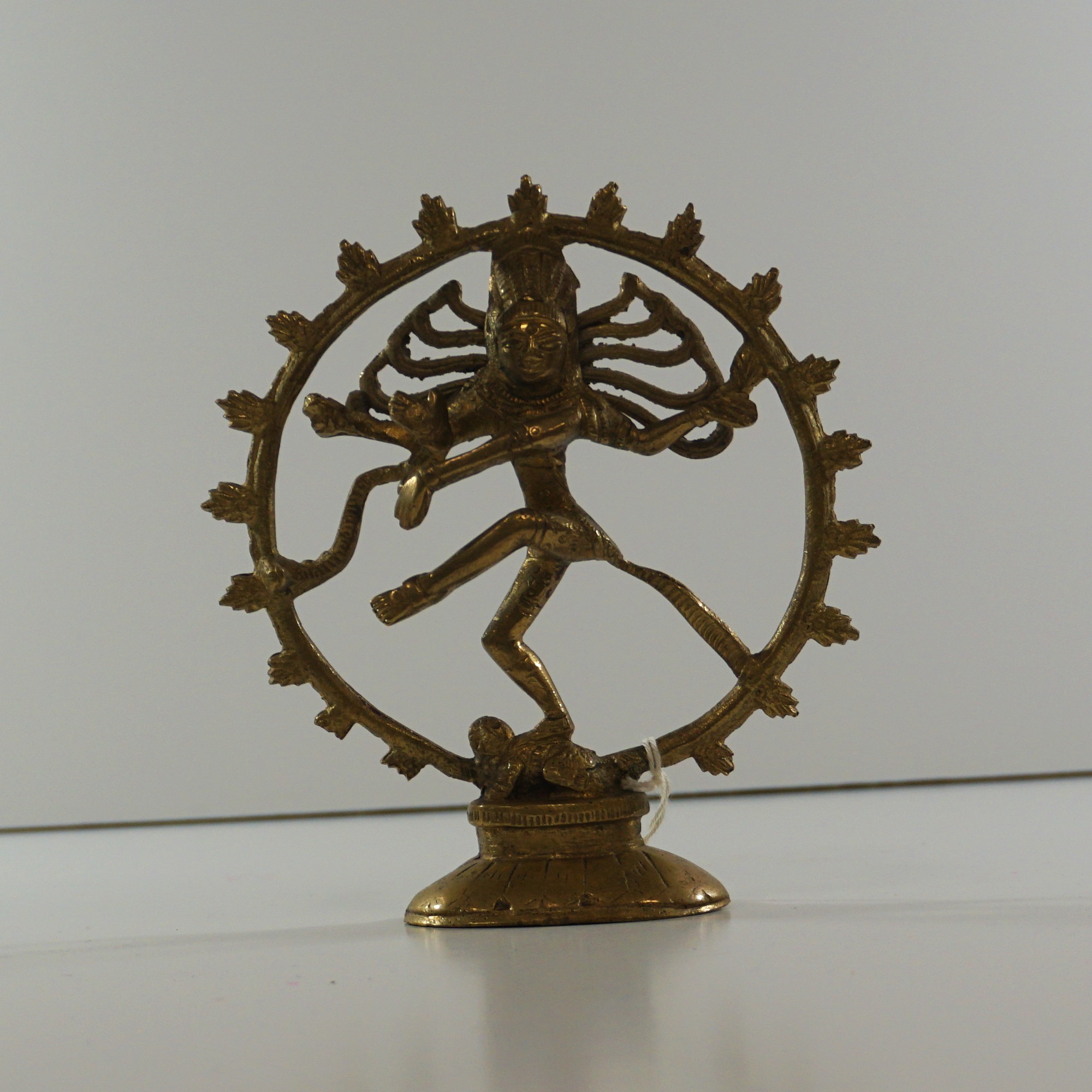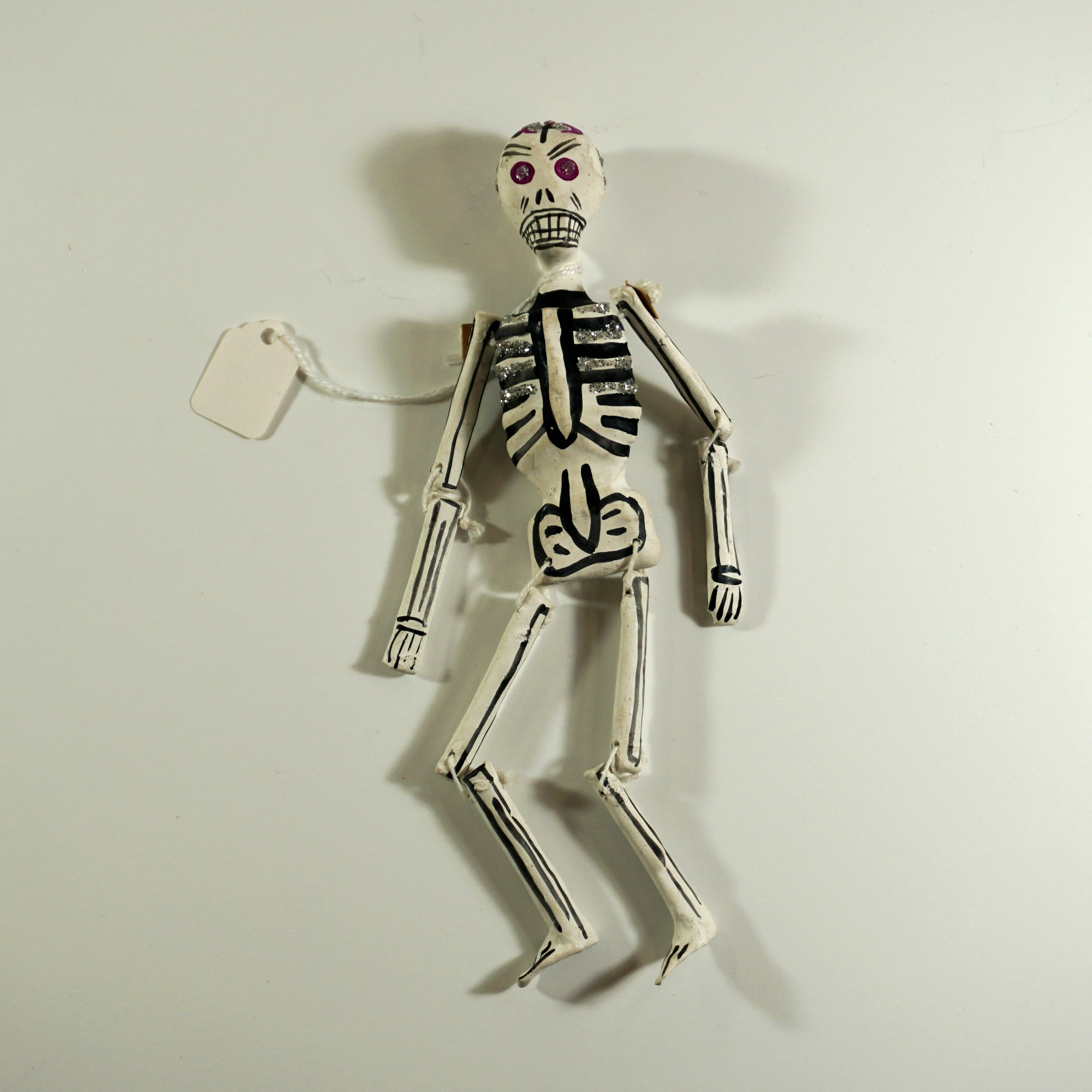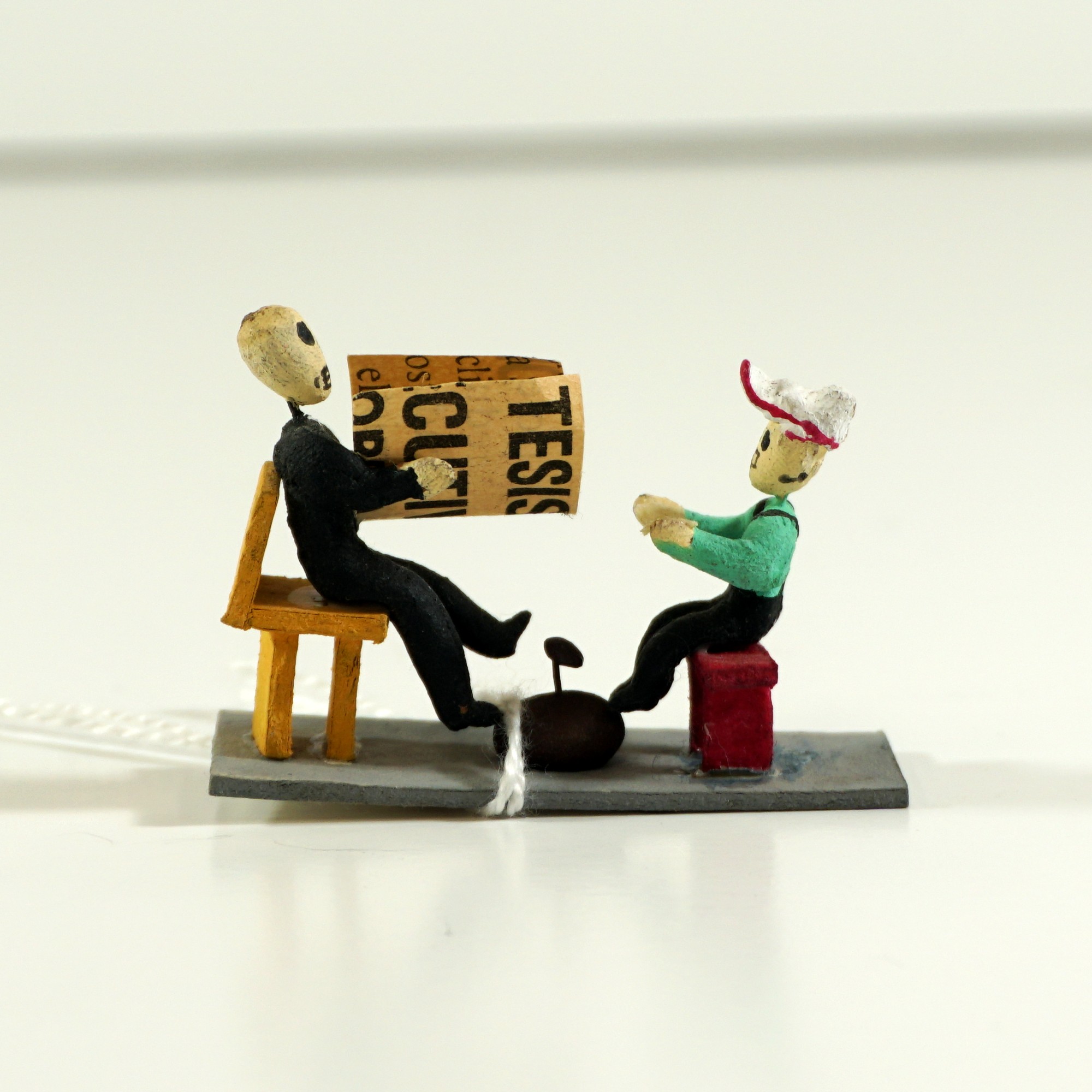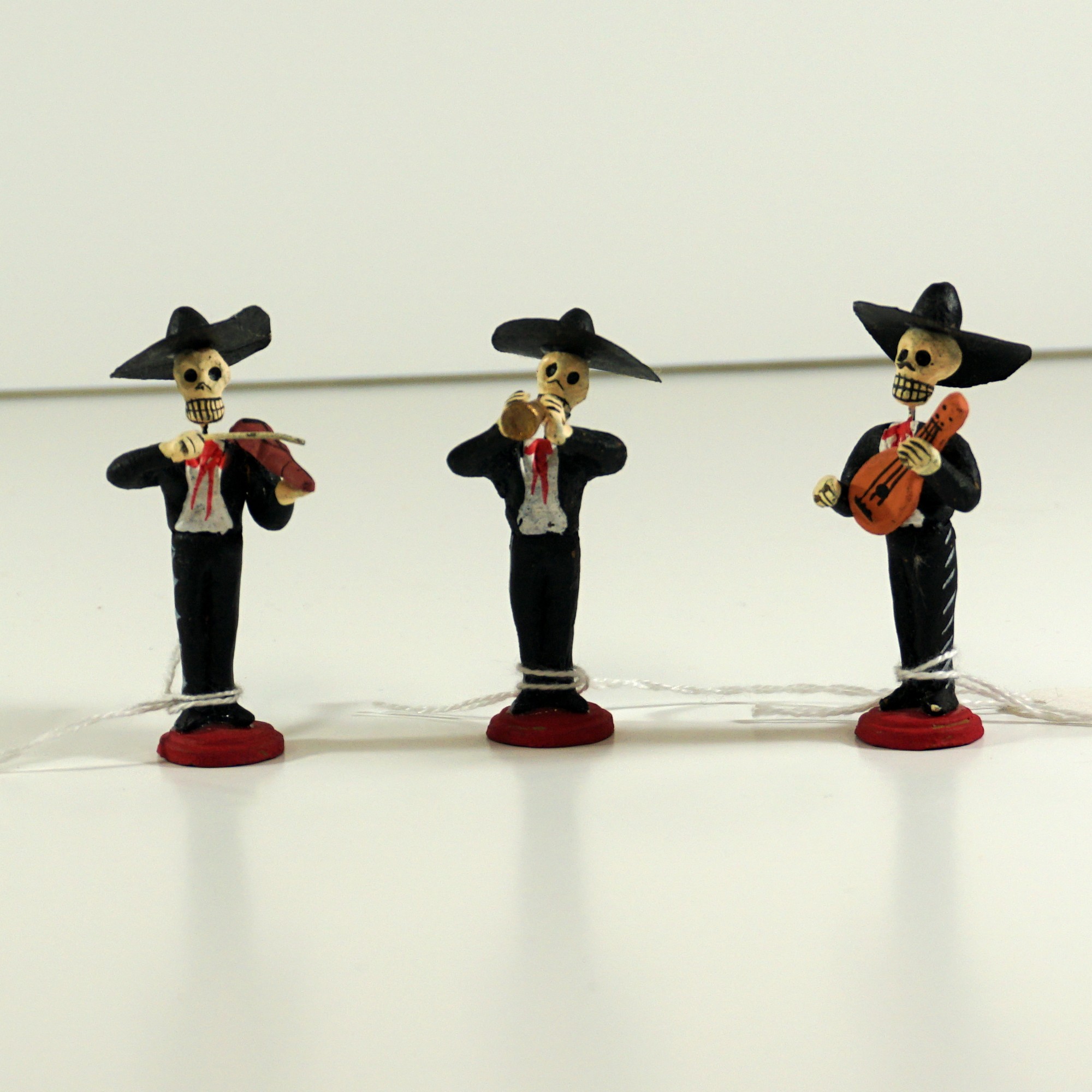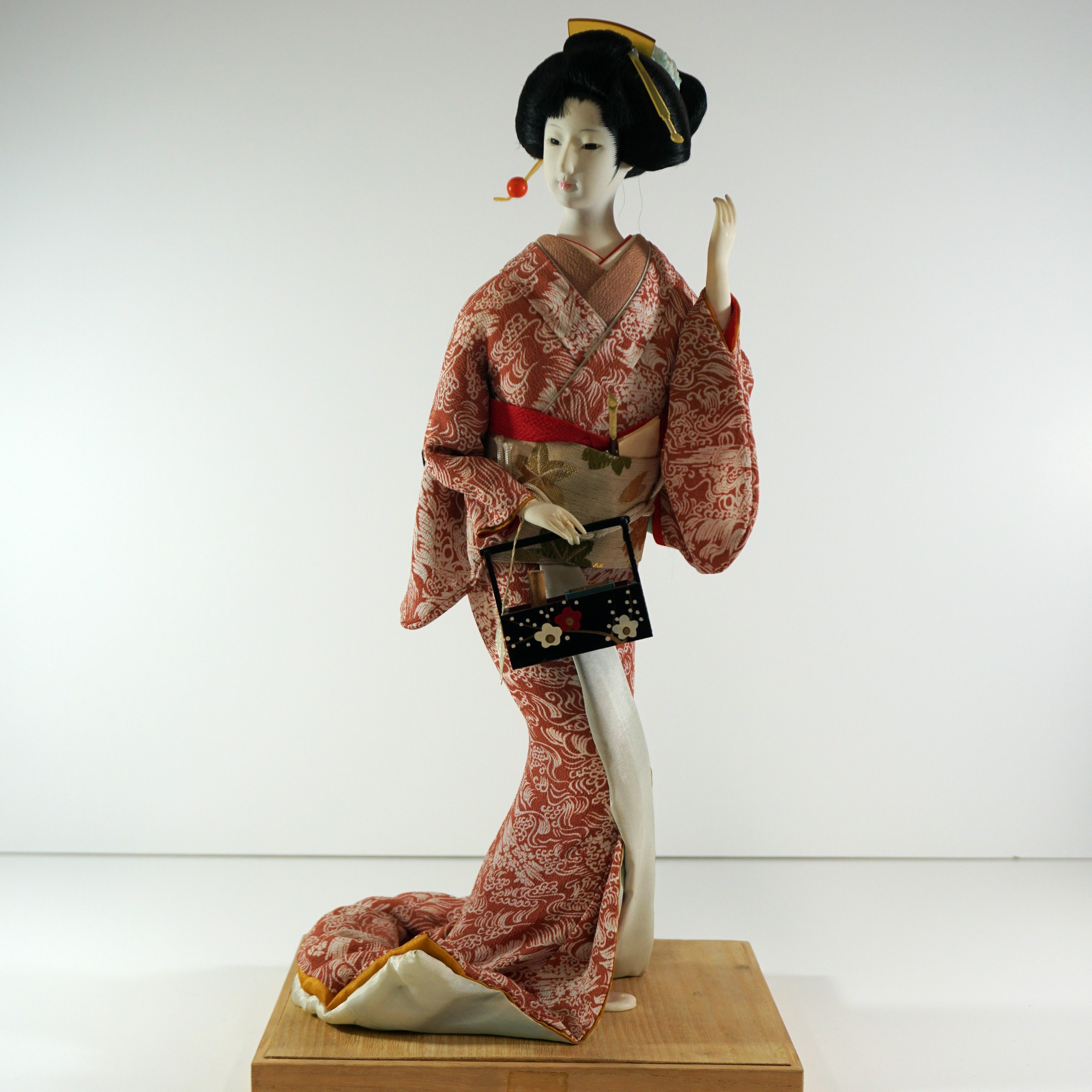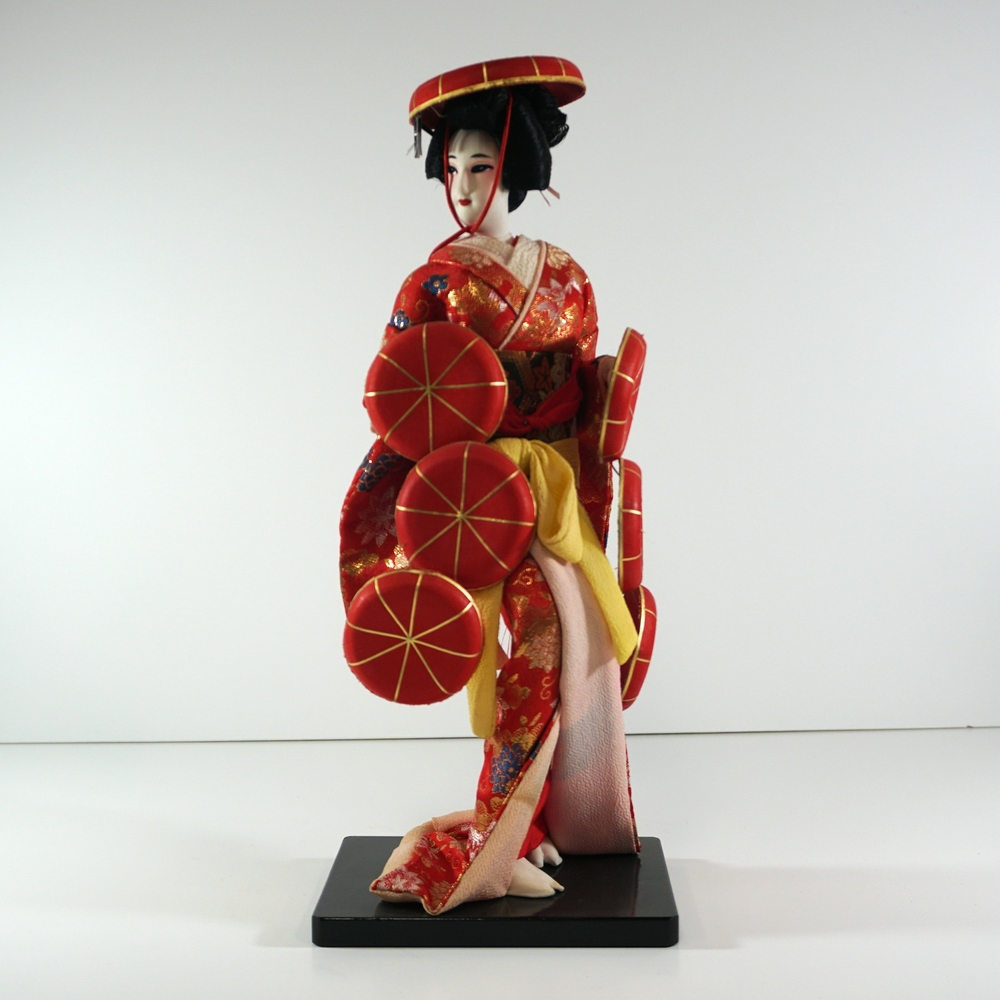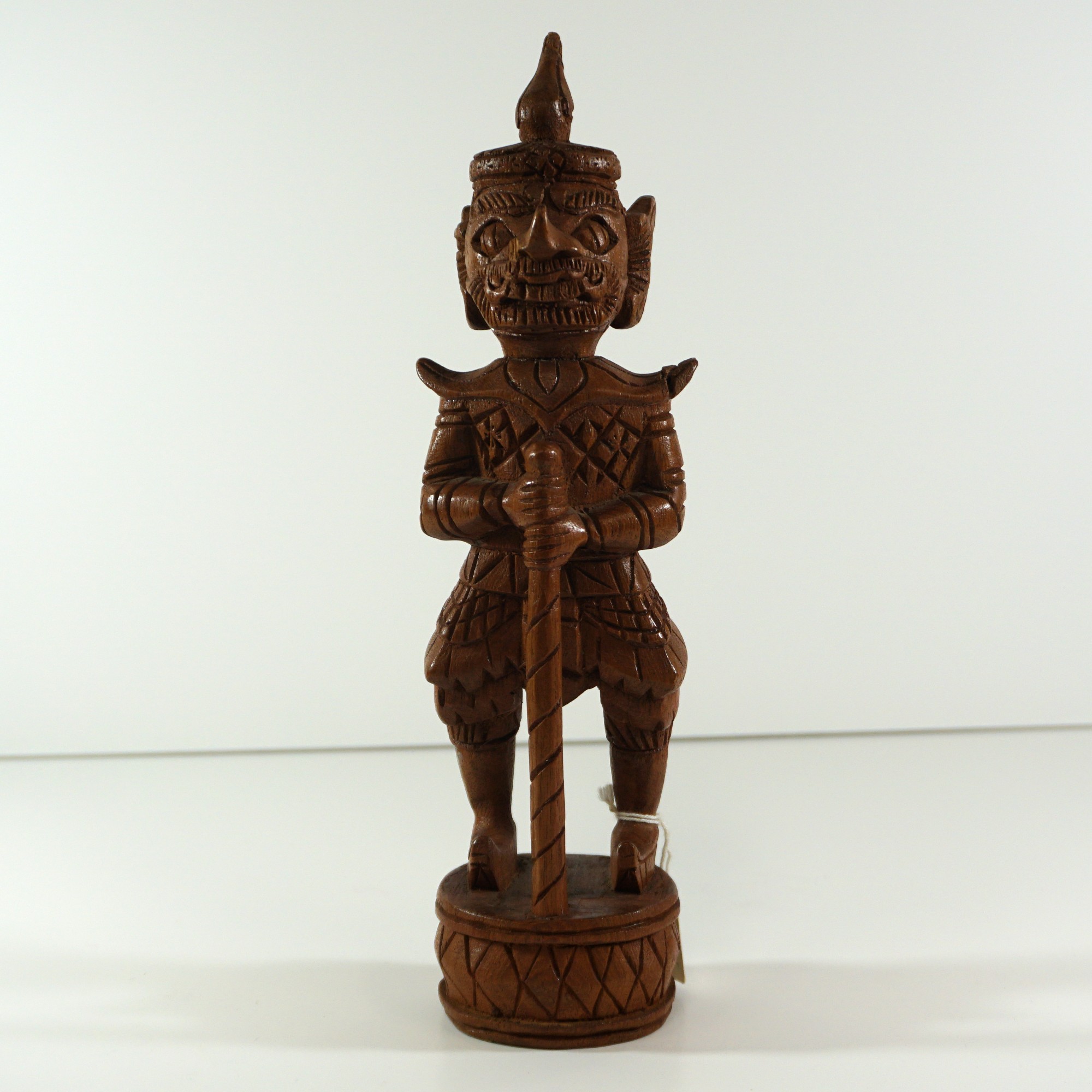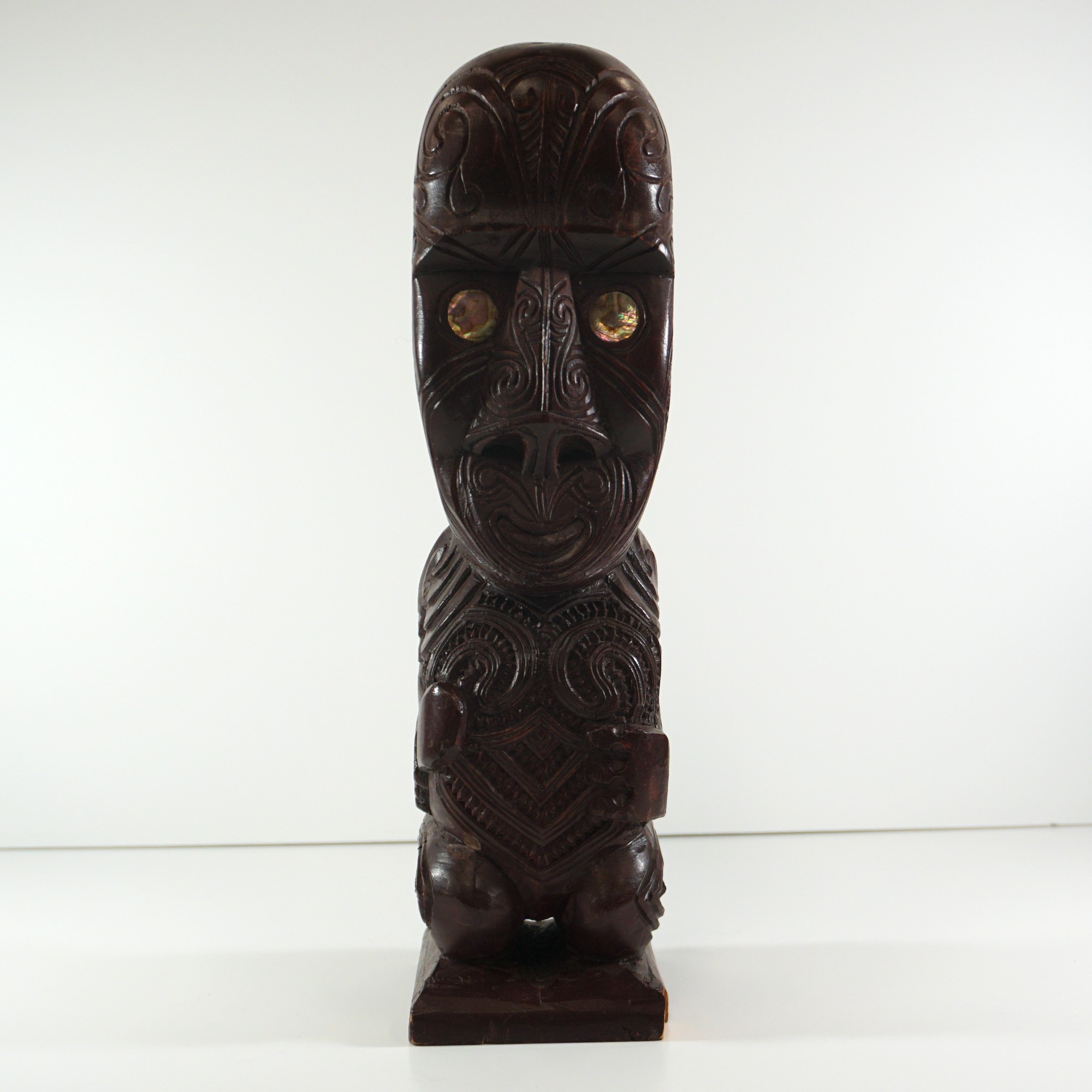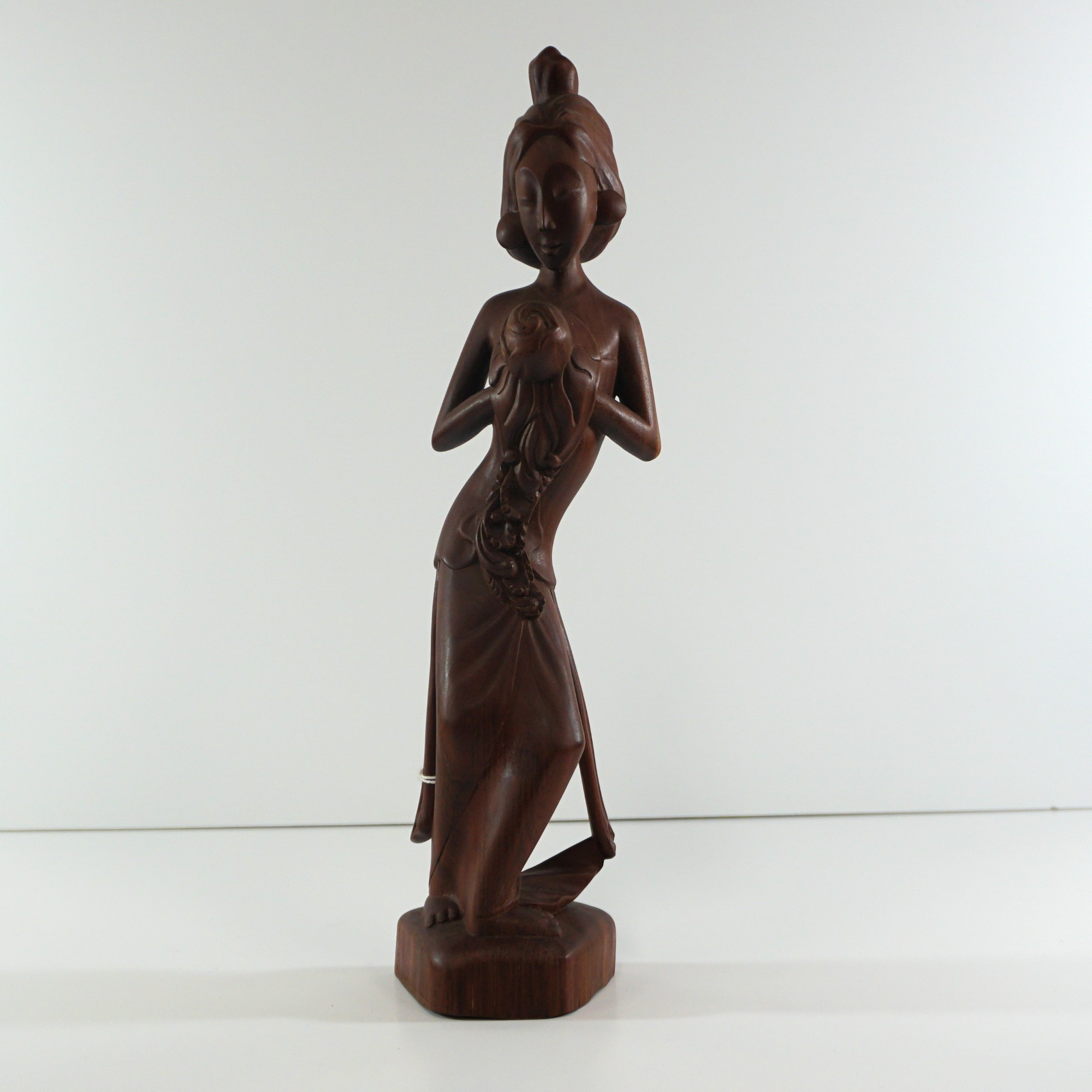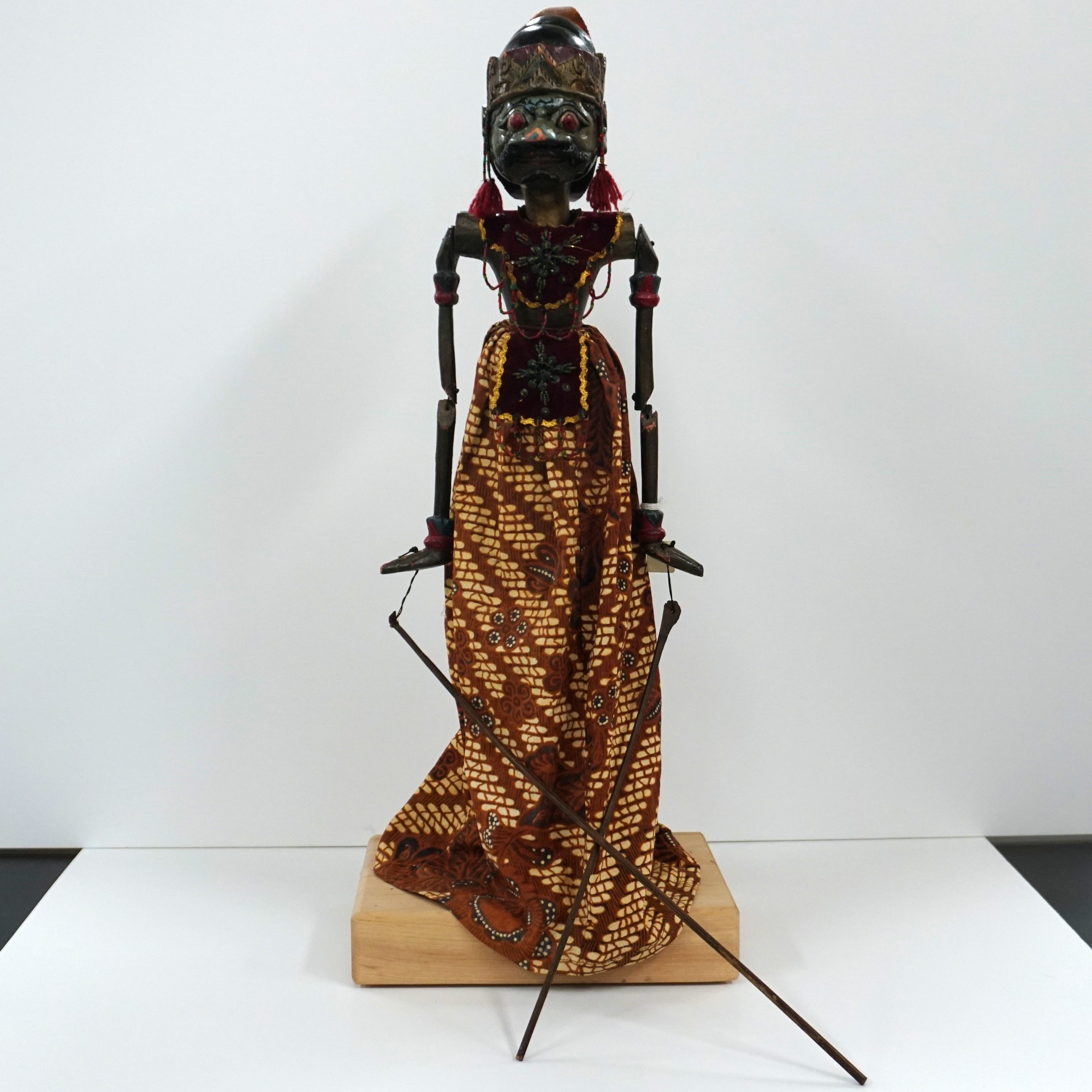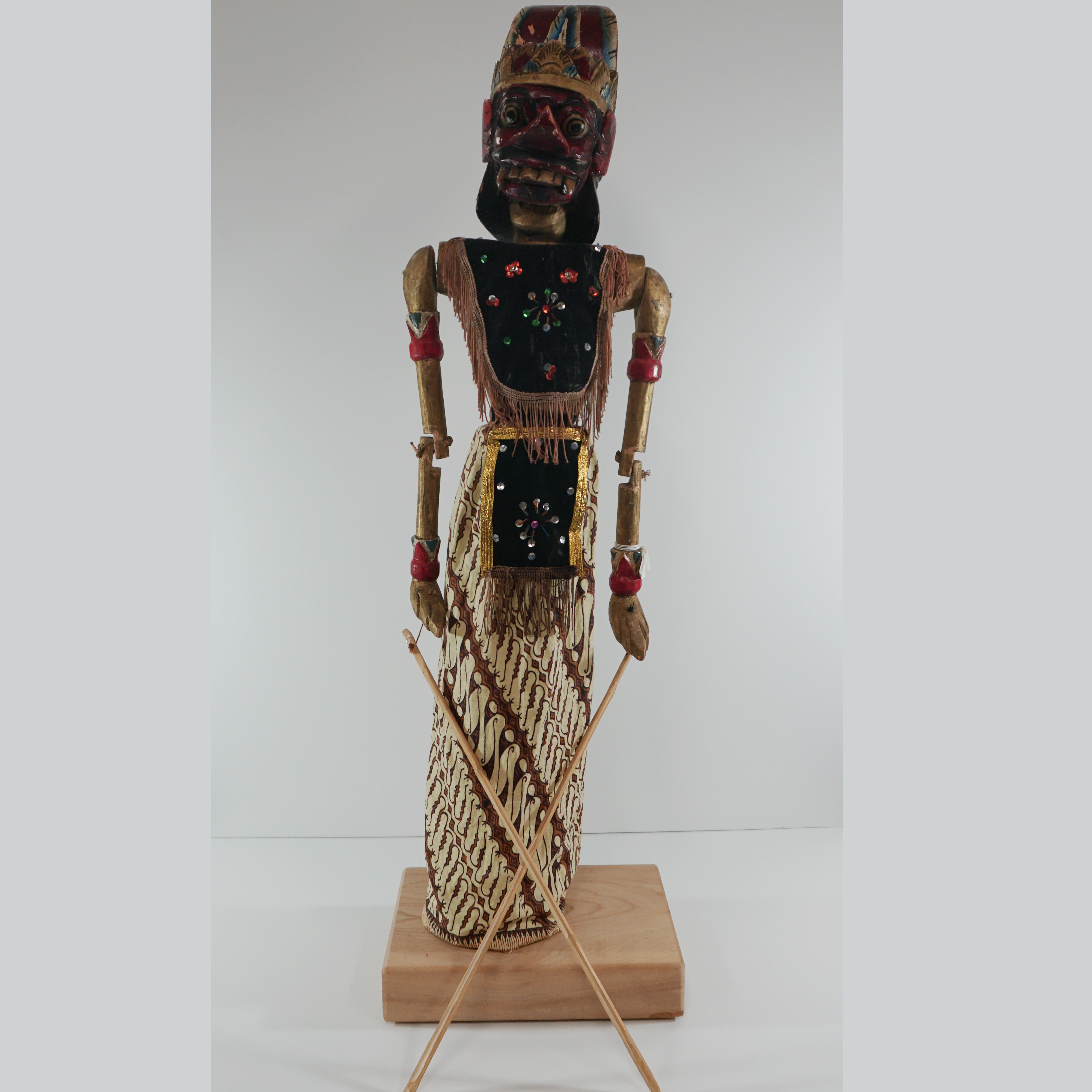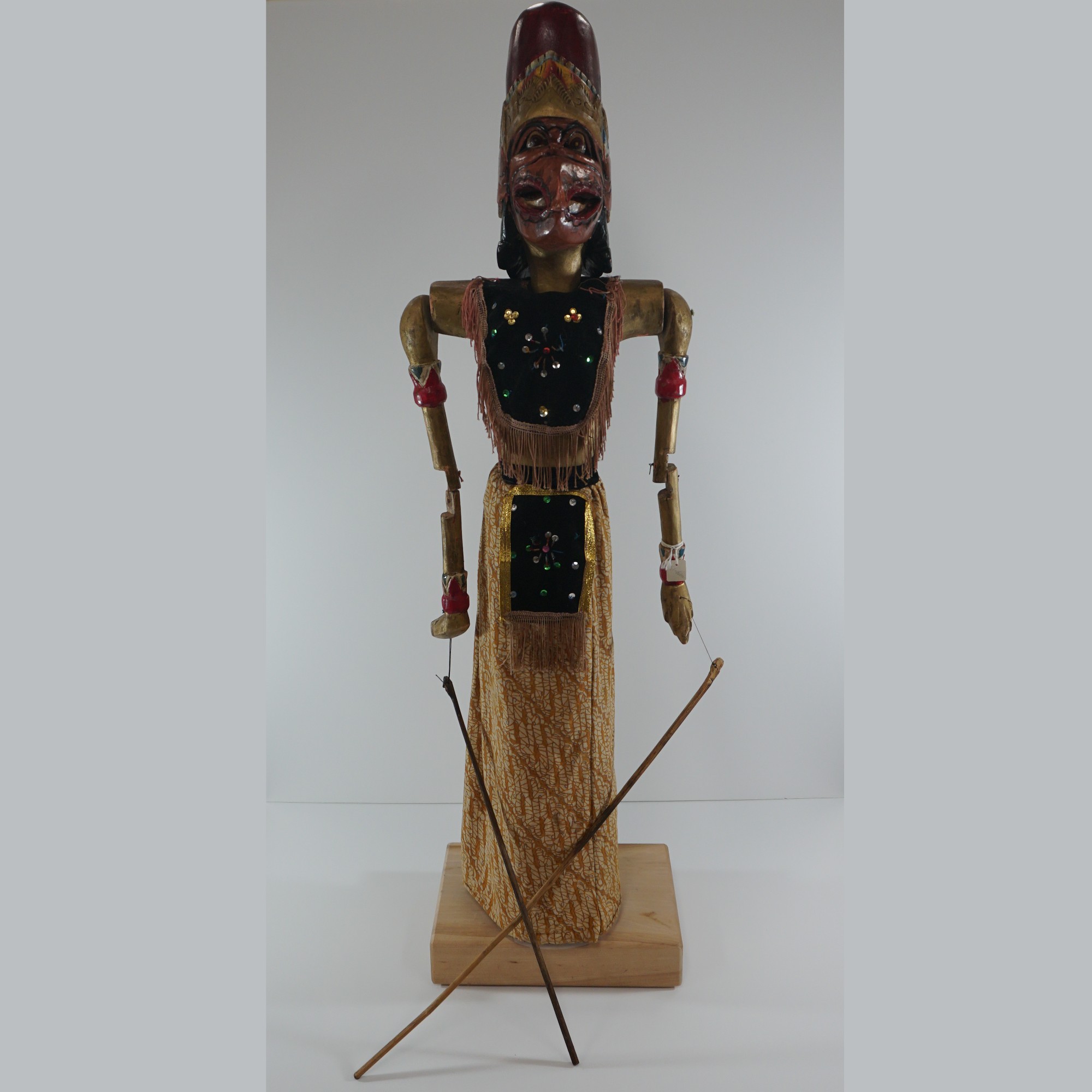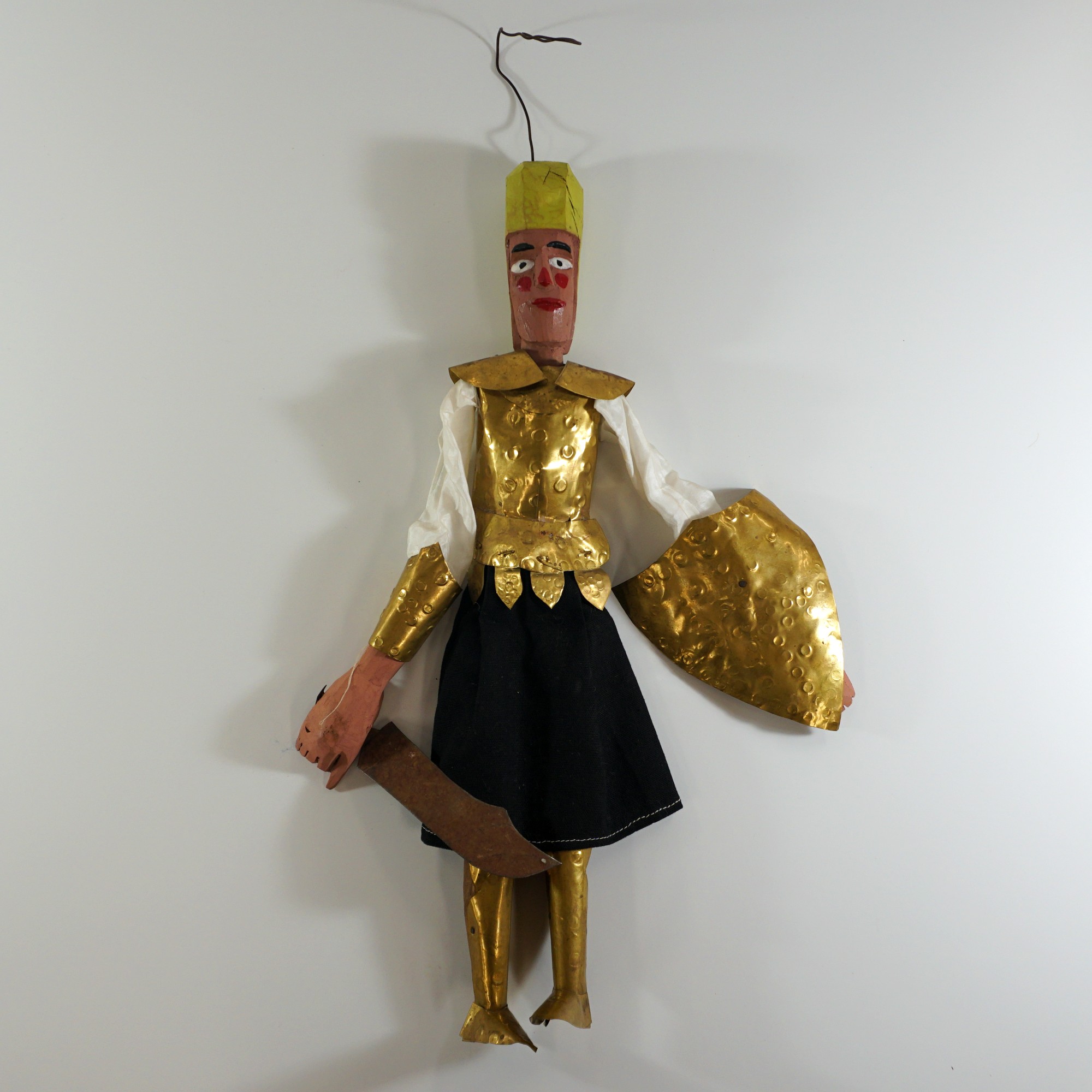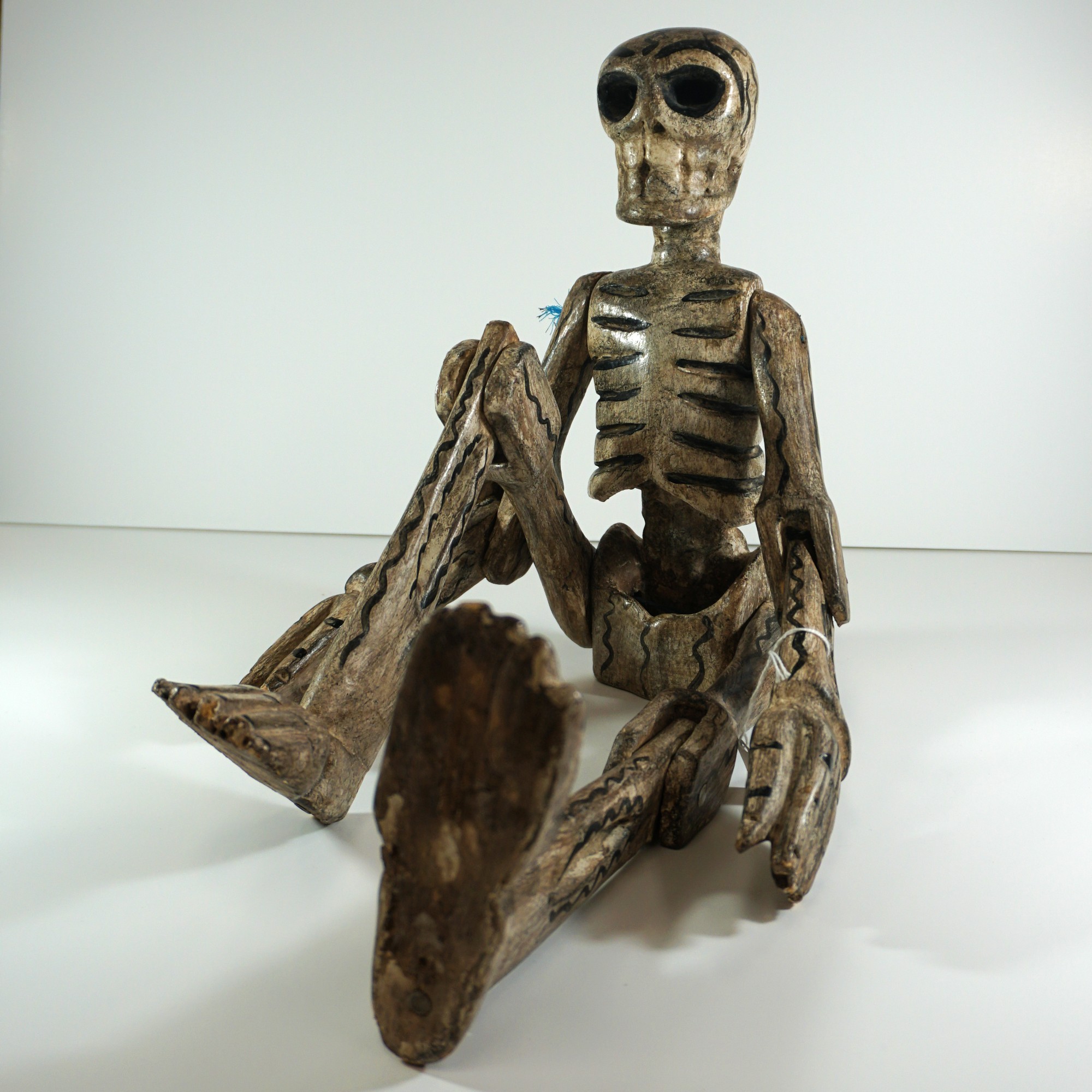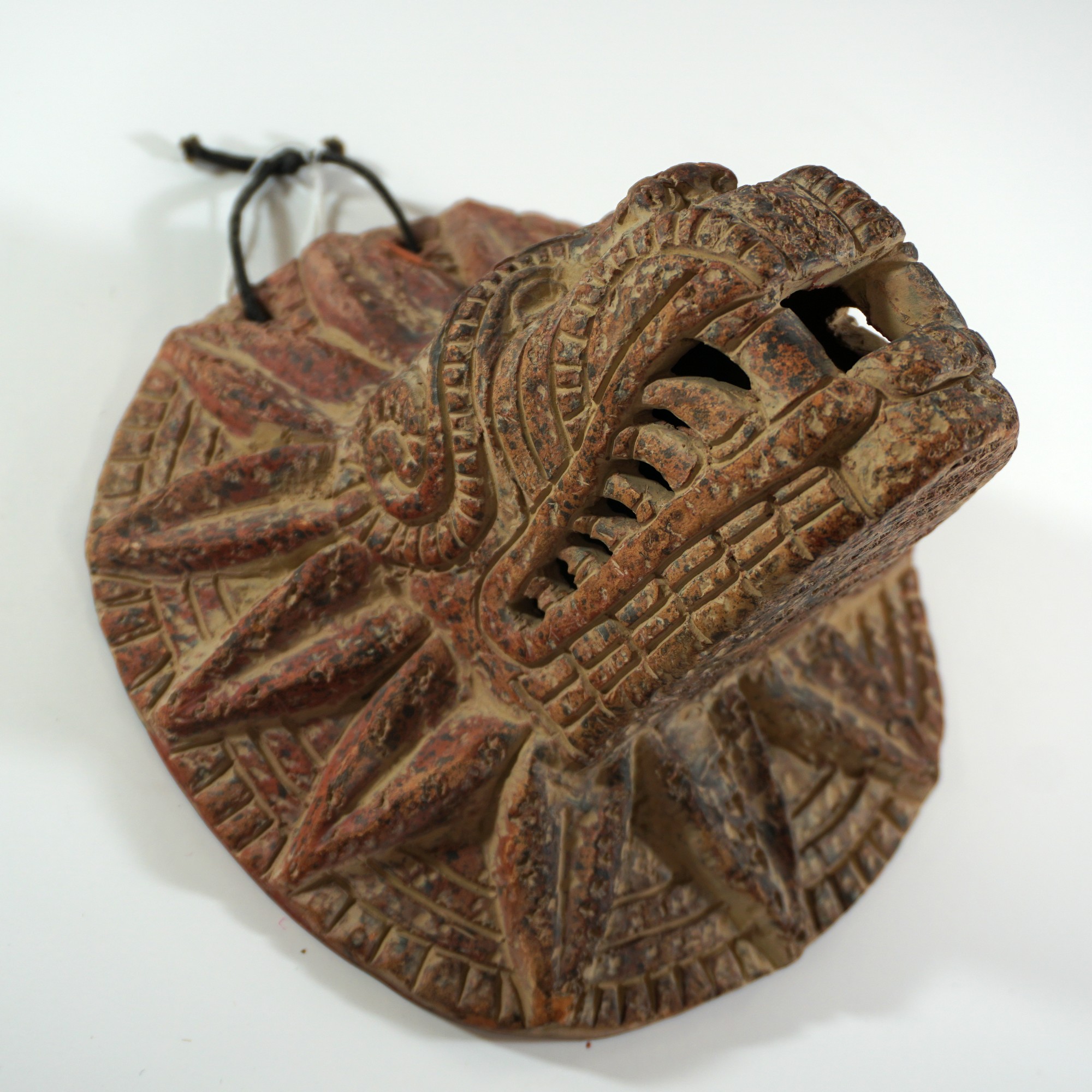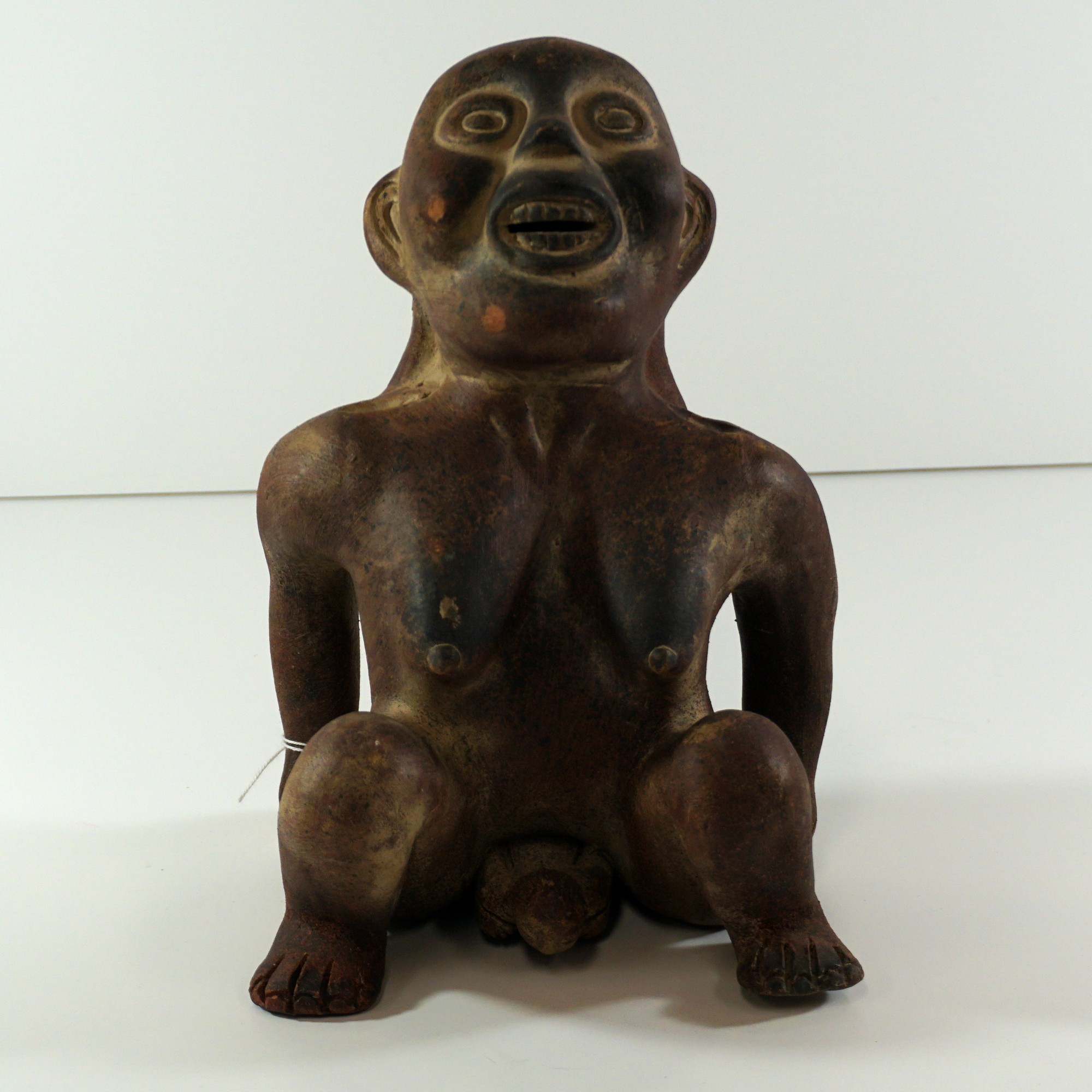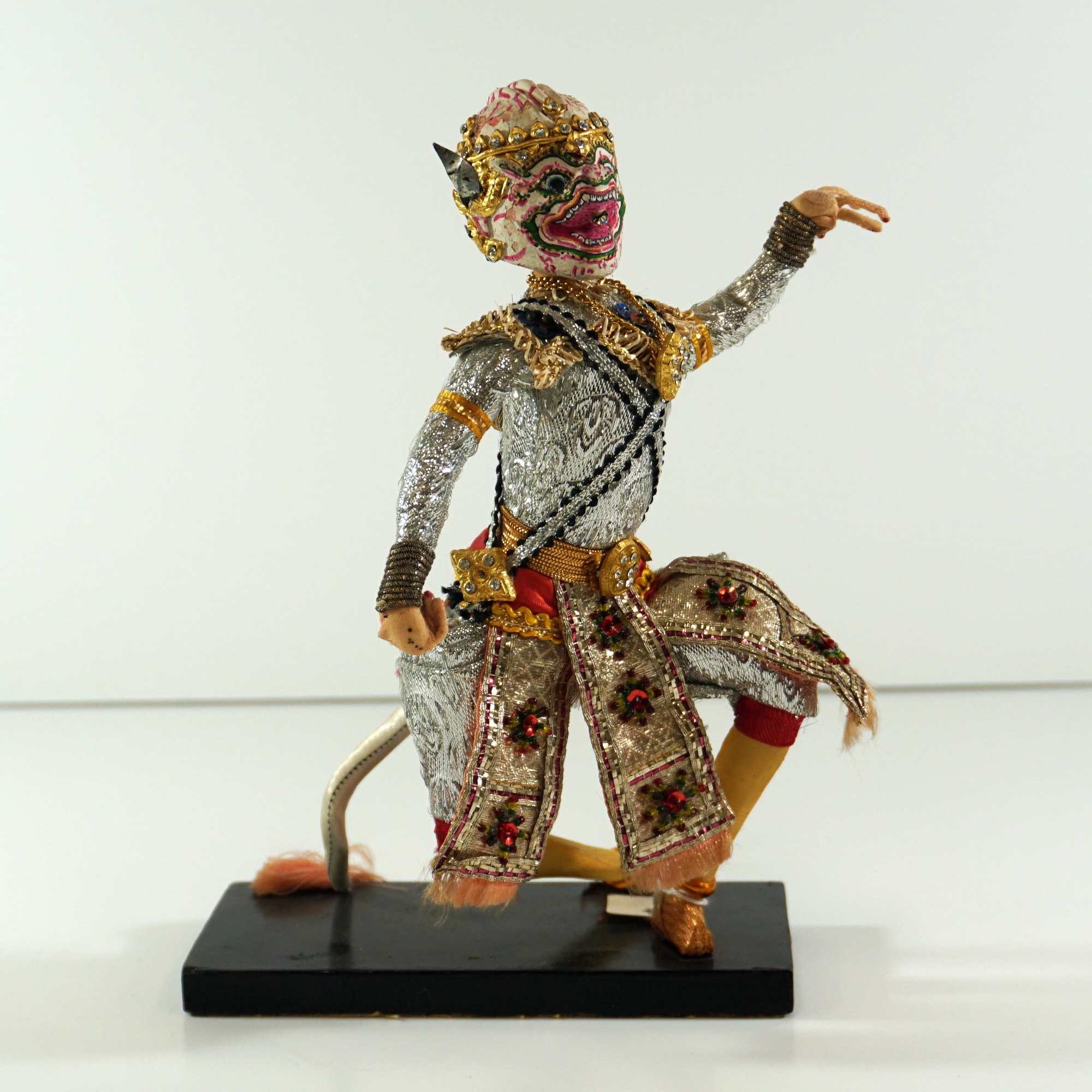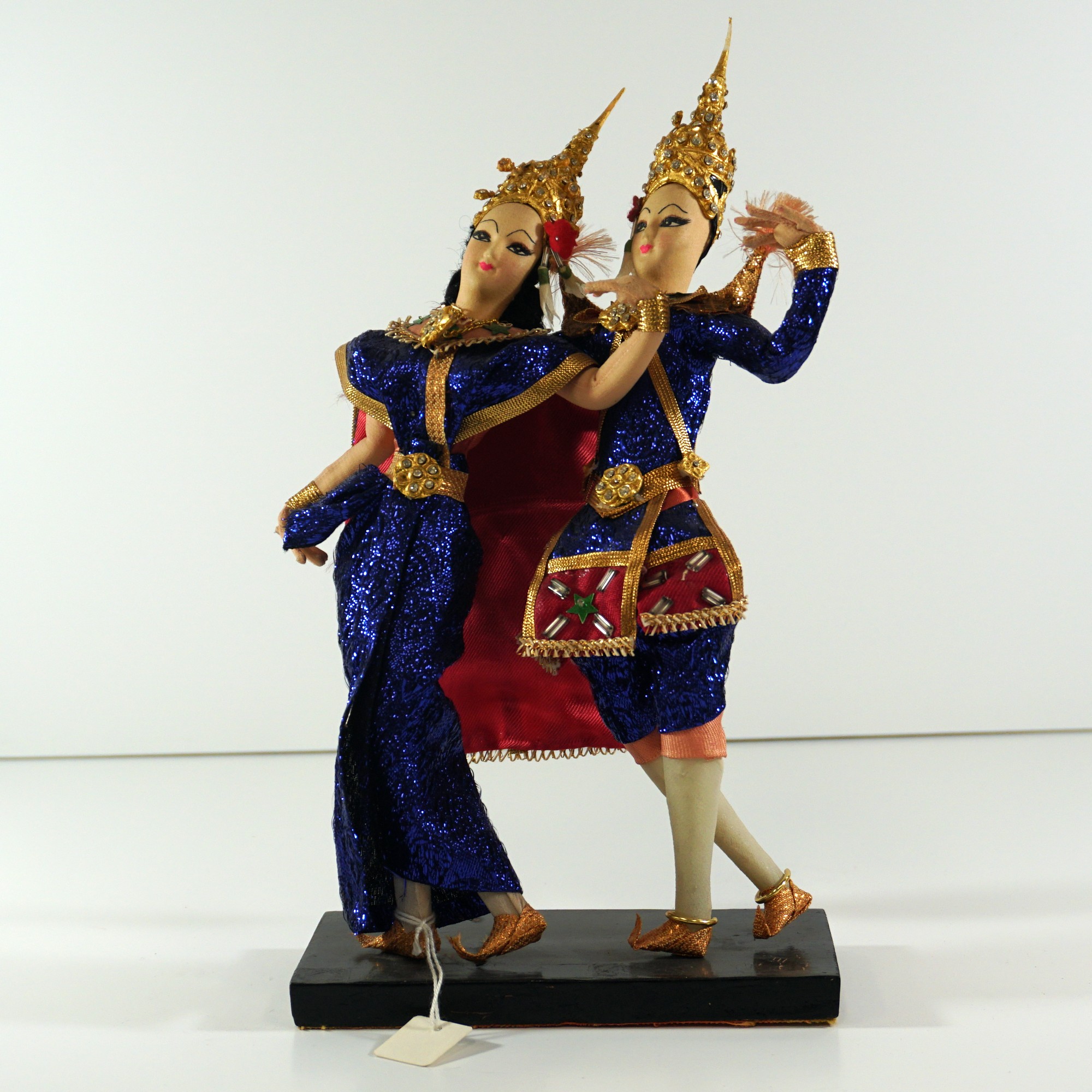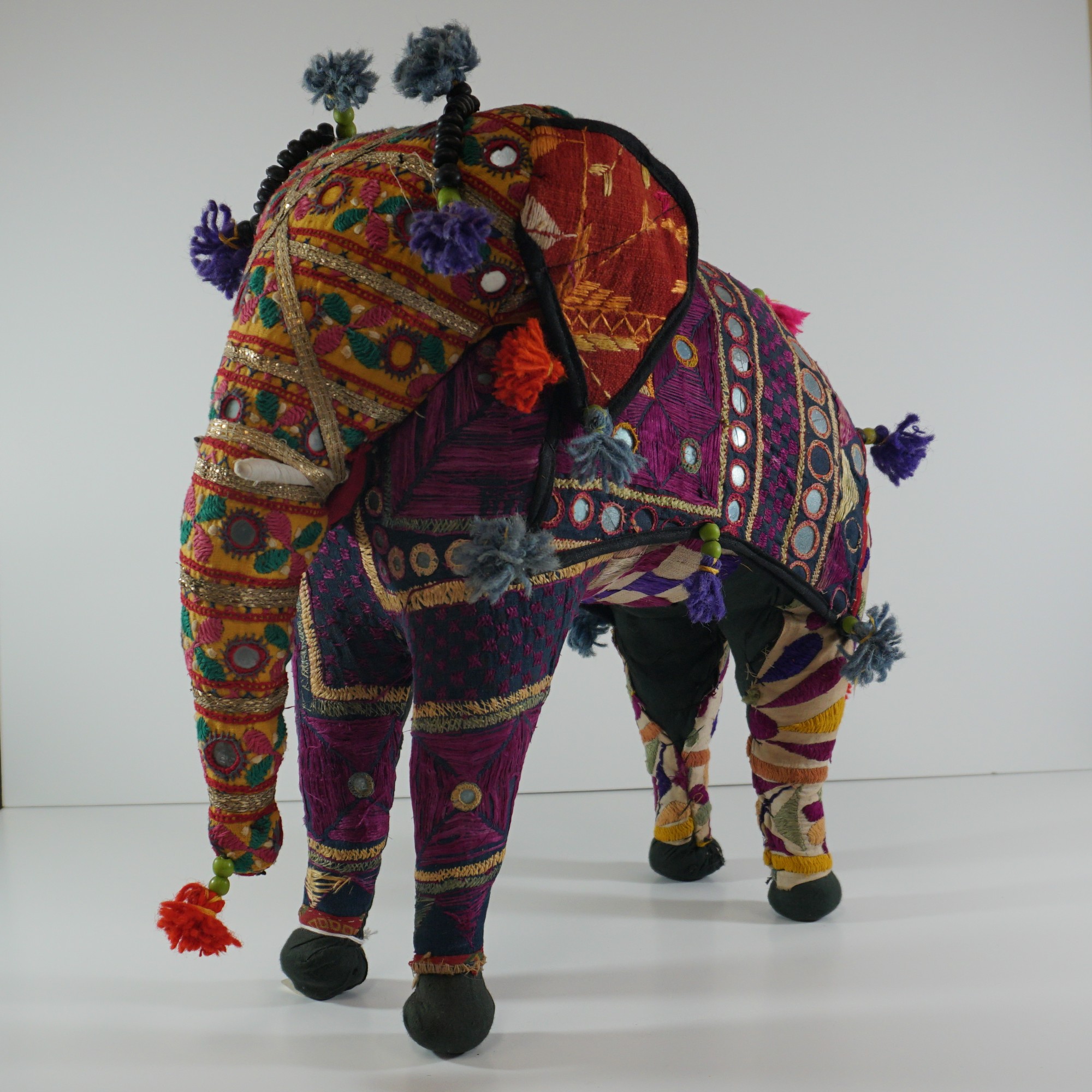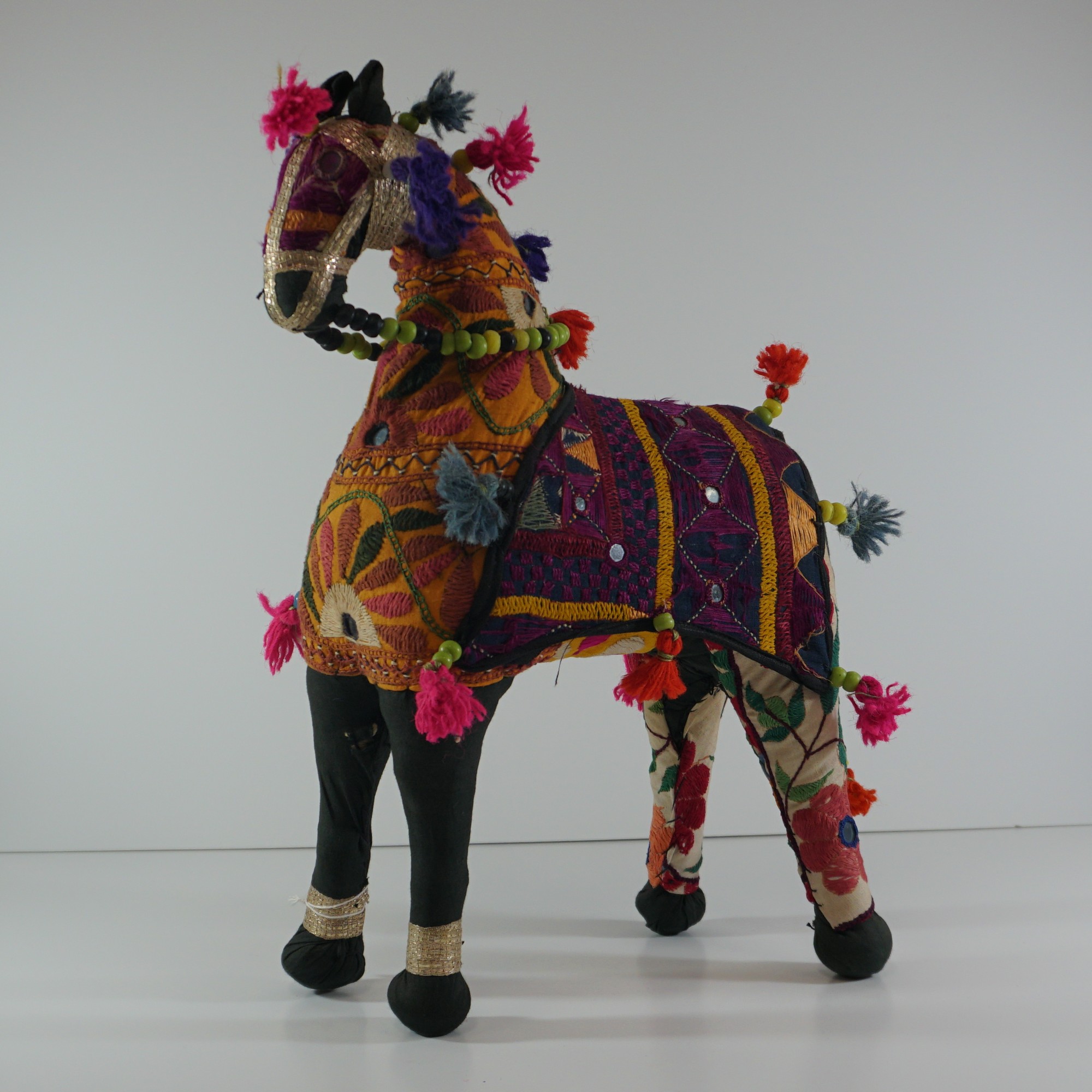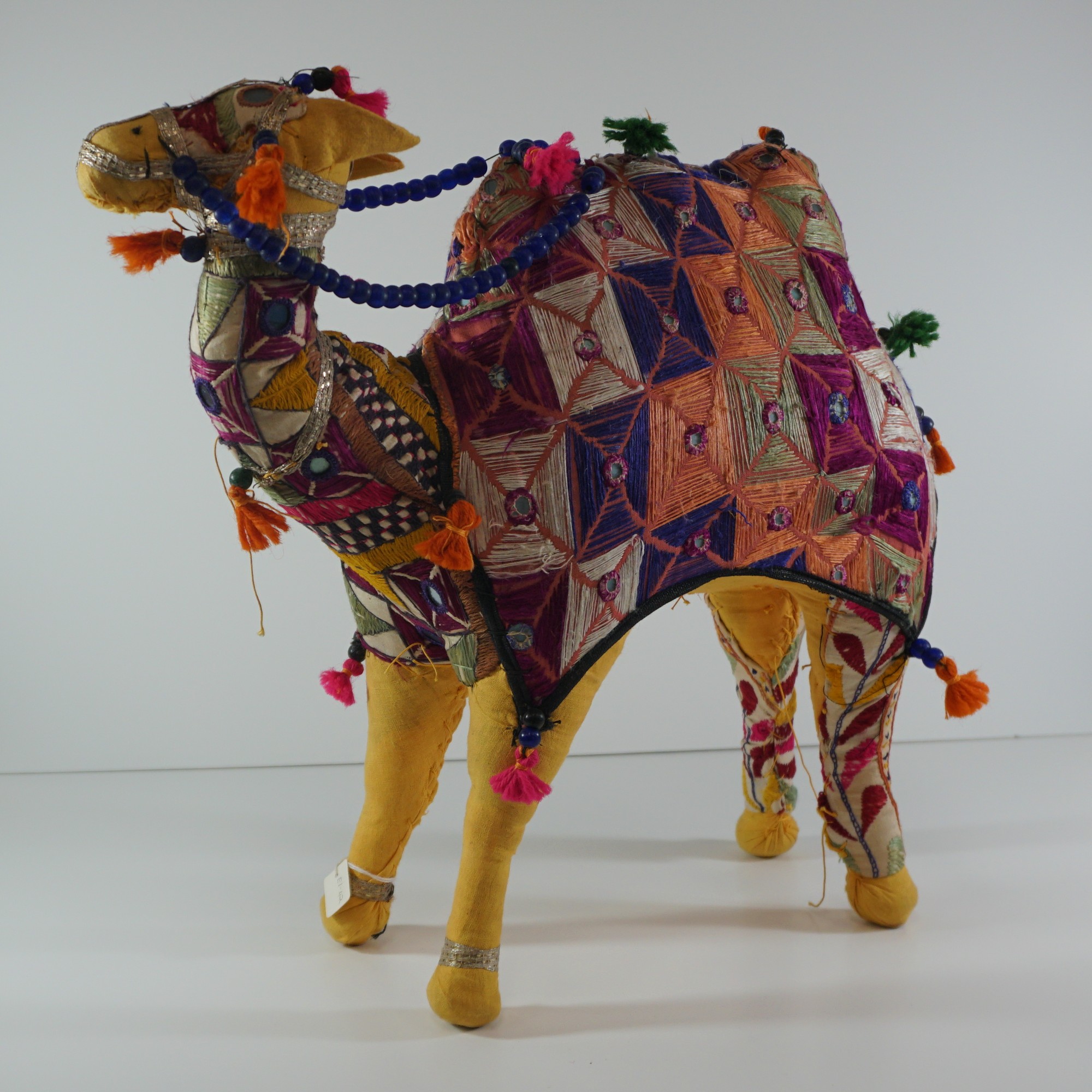Puppets, dolls, and figurines
These items are part of an in-progress display by the students working under the direction of Dr. Serena Keshavjee.
The students in Museum Secrets (HIST-2804) are learning to be critical museum visitors. This course involved writing reviews about local museums like the Canadian Museum for Human Rights, as well as experimental learning assignments with objects.
The Anthropology Museum at the University of Winnipeg has a variety art, objects and artifacts in their collections. Working with the curator Dr. Eric Thrift and collections technician, Jodi Schmidt, we selected 26 figurines, puppets, and dolls for the students to study. Many of these were bought as souvenirs by UWinnipeg Anthropology professors going back to the 1970s, and include a range of items from puppets and dolls to devotional objects. Students researched these souvenirs, filled in condition reports, and wrote up short object labels to contextualize them. With Dr. Thrift they curated this vitrine to share their research with the university community.
I thank the students and staff who supported this work and exhibition this year and made our class so enjoyable.
– Dr. Serena Keshavjee

